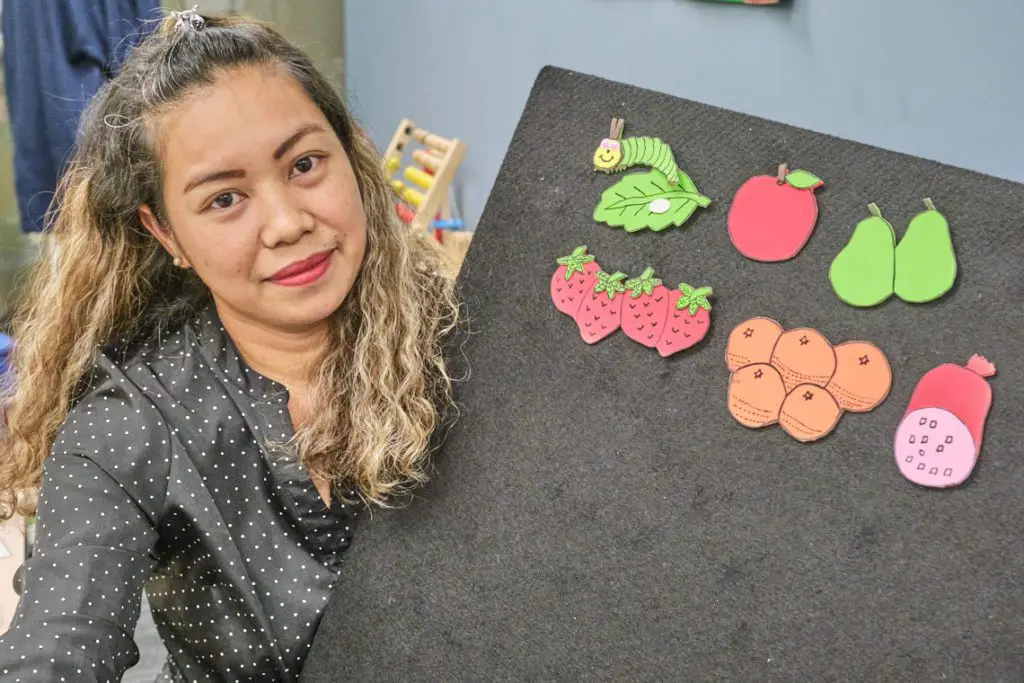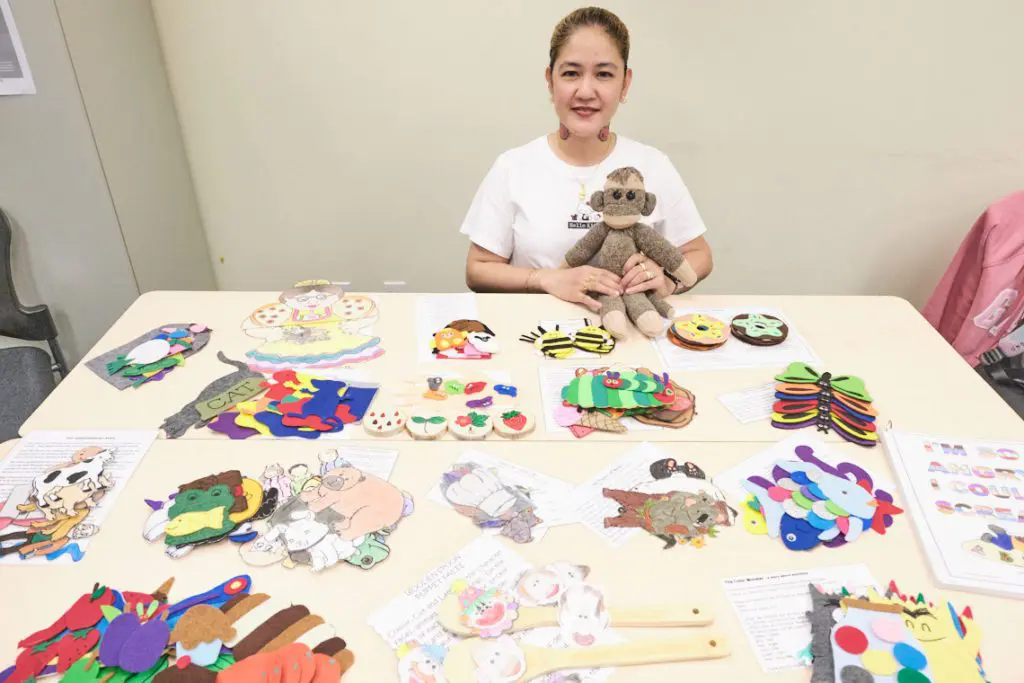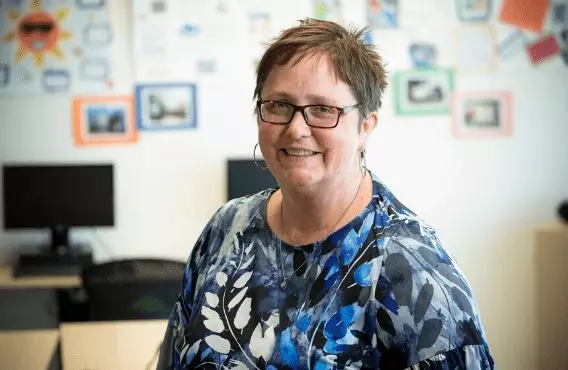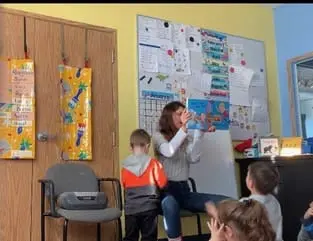Early Childhood Educators provide a rich and stimulating environment for young learners. They help plan challenging and fun activities that help children develop physically, intellectually, and emotionally. At the same time, they are also responsible for providing those children with a safe classroom environment. That responsibility is taken very seriously by Early Childhood Educators (ECEs). They take pride and care in making sure that their classrooms are safe, and that behaviours and hazards that can cause harm are kept at a minimum or eliminated altogether.
If you’re thinking about pursuing a diploma in Early Childhood Education, then read on to find out some of the ways that ECEs keep classrooms safe for kids.
Early Childhood Educators Establish Routines
Routines are an important part of building a safe environment. Preschool teachers learn in their Early Childhood Educator courses how to establish and enforce classroom routines. While these routines provide other important functions such as teaching kids about responsibility and self-discipline, they also help with establishing rules and guidelines. When rules are routinely enforced, kids find them easier to follow and accidents are less likely to happen. Examples of routines are always using a step stool to reach objects on a shelf, washing hands thoroughly after using the washroom, waiting your turn to play with toys (to avoid arguments), and ensuring all materials are put back in their place after use.
Getting Rid of Hazards Keeps Kids Safe
Prevention is often the best form of safety, and so taking the time to plan a hazard-free classroom environment can go a long way toward minimizing the chance of injuries. Early childhood educators check their classrooms to make sure that:
- electric sockets are properly covered
- furniture is secure and not prone to tipping
- furniture has rounded edges
- no nails, staples, or sharp objects are hidden in carpets
- rugs are secured and aren’t prone to slipping
- floors are clear of splinters and cracks
- low windows are guarded by a safety fence or window guards
- ceiling tiles are secure and won’t fall
- curtain ties are cut or securely tied out of reach
- poisonous cleaning products, medicines, and classroom supplies are stored in a locked and out-of-reach cupboard
Constant Supervision is Key
Constant supervision is an important part of maintaining classroom safety. Professionals with an ECE diploma know that regular roll calls will help identify problems early on.
Classroom design can also help with supervision. Educators can put play areas in the middle of the room, and eliminate blindspots where children can potentially hide – thus making it easier to keep an eye on students at all times.
Food Safety Guidelines Keep Kids Healthy
Students learn provincial food regulations and safety standards during their Early Childhood Education training in BC. They know how to properly store and prepare food so that their young charges stay healthy. They also make sure to communicate with parents and make sure that they are aware of any potential allergies.
Some daycares and preschools ban certain common allergens like peanuts, shellfish and dairy. When you start working at a new childcare facility, make sure to inquire about any rules regarding prohibited foods.
First Aid and Emergency Drills
In the event of an emergency, Early Childhood Educators need to respond quickly. That is why they take the time to practise first aid and emergency drills on a regular basis. Educators also know that keeping a well-stocked first aid kit, and knowing where the nearest phone is located can save valuable time when an emergency happens.
What other ways do you think Early Childhood Educators can nurture classroom safety for young children?










